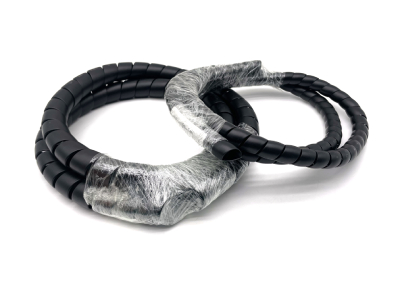Repairing a Leak in Low Pressure Hose for Power Steering System Efficiency and Performance
Understanding Low Pressure Hose Leaks in Power Steering Systems
The power steering system is an essential component of modern vehicles, simplifying the steering process and enhancing driving comfort. However, like any mechanical system, it is susceptible to various issues over time, one of which is leaks in the low pressure hose. In this article, we will explore what causes these leaks, how to identify them, and potential solutions to address the problem.
What is a Power Steering Low Pressure Hose?
The power steering low pressure hose is part of the power steering system that connects the steering gear to the pump. Unlike the high-pressure hoses that deal with significant pressure from the power steering pump, the low pressure hose operates at a much lower pressure as it returns fluid from the steering gear back to the pump. Although they are not subject to the same high stresses as high-pressure hoses, low pressure hoses can still be prone to wear and tear, leading to leaks.
Causes of Low Pressure Hose Leaks
1. Age and Wear Over time, the materials that make up the low pressure hose can degrade due to exposure to heat, oil, and environmental conditions. Rubber hoses, in particular, can become brittle and crack as they age, leading to leaks.
2. Improper Installation If the low pressure hose is not installed correctly, it may be subjected to stress or misalignment that can cause it to wear more quickly and eventually leak.
3. Damage from Road Debris Rocks and other debris can strike the low pressure hose, especially if there’s insufficient protective shielding. This physical damage can create small punctures or tears in the hose, resulting in leaks.
4. Corrosion In some vehicles, the fittings or clamps associated with the hose can corrode over time. This corrosion can lead to gaps or weak spots in the connection, allowing fluid to escape.
5. Fluid Contamination Contaminated fluid can also contribute to the deterioration of the hose material. If the power steering fluid becomes contaminated with debris, it can lead to hose failure.
power steering low pressure hose leak

Identifying Low Pressure Hose Leaks
One of the first signs of a low pressure hose leak is a noticeable drop in power steering fluid levels. You may also notice fluid puddles under your vehicle or a whining noise while turning the steering wheel. If the hoses are visually inspectable, look for any signs of wetness, cracks, or bulges. Additionally, you can conduct a “soapy water” test by spraying a mixture of soap and water on suspected hose areas. If bubbles form, it’s indicative of a leak.
Solutions for Low Pressure Hose Leaks
1. Replace the Hose If a leak is detected, the most effective solution is to replace the affected low pressure hose. This can usually be done as a DIY project, but for those unfamiliar with automotive repair, it’s best to consult a professional.
2. Check All Connections Upon replacement, ensure that all connections are secure and correctly aligned. This will prevent future issues and ensure the longevity of the new hose.
3. Regular Maintenance Regularly check the power steering system, including hoses and fluid levels, to catch potential issues early. Changing the power steering fluid at recommended intervals can also extend the life of the hoses.
4. Professional Inspection If leaks persist even after addressing the hoses, it may be time for a professional inspection. There could be underlying issues within the power steering system that require expert attention.
Conclusion
Low pressure hose leaks in power steering systems can lead to significant performance issues and driving discomfort. Understanding the causes, identifying symptoms, and knowing how to address them are crucial steps in maintaining a vehicle's power steering system. Regular maintenance and timely repairs can ensure that your vehicle remains safe and enjoyable to drive.
-
Ultimate Spiral Protection for Hoses & CablesNewsJun.26,2025
-
The Ultimate Quick-Connect Solutions for Every NeedNewsJun.26,2025
-
SAE J1401 Brake Hose: Reliable Choice for Safe BrakingNewsJun.26,2025
-
Reliable J2064 A/C Hoses for Real-World Cooling NeedsNewsJun.26,2025
-
Heavy-Duty Sewer Jetting Hoses Built to LastNewsJun.26,2025
-
Fix Power Steering Tube Leaks Fast – Durable & Affordable SolutionNewsJun.26,2025

